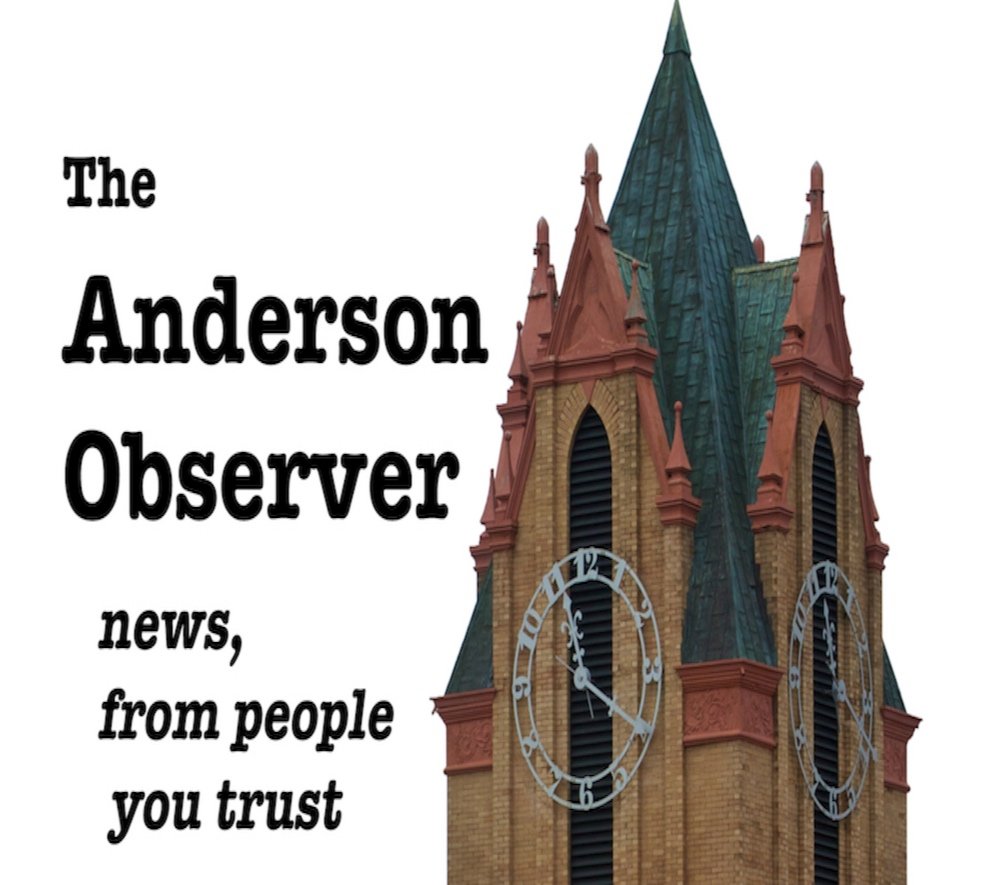Chiquola Mill Massacre Reminder of Sacrifice of Labor Unions
Greg Wilson/Anderson Observer
On Sept. 6, 1934, events in Anderson County were the top story in newspapers across the nation.
One headline “Seven Killed in Battle at Chiquola Mill” pointed out that a total of ten died and scores were injured in the “sanguinary (bloody) conflict.” And it could have been far worse.
Roughly 300 striking local textile workers, and they were local in spite of rumors of “outside agitators” (a phrase later used to blame civil rights unrest in the South, wanted to shut down the mill to discuss arbitration.
But mill owners and bosses sought to prevent strikers from shutting down production, meeting strikers with rifles, shotguns, dynamite, clubs and tear gas. A machine gun nest on the roof of the mill jammed, or the number of dead could have been catastrophic for the Honea Path and Belton communities.
One striker, who was 19 at the time, told me in an interview back in 1981 that: “There was a lot of shooting. I saw a man carrying a picket sign in front of me fall, and I thought he stumbled. Then I saw a man with a rifle pointing at us from the mill boss’s office.”
The dead and almost all of the wounded were strikers.
Eleven men were charged with murder, but all eleven were acquitted.
The mill’s superintendent, Dan Beacham, who was also the town’s mayor and a judge, was seen by witnesses shooting at the protestors. Beachman arrested these witnesses and charged them with perjury.
The funerals for the victims were held in a field, since none of Honea Path’s churches, all connected to the mills in some way, would allow services.
The strikers were all fired and forced out of their mill-owned houses.
Until 1994’s publication of "The Uprising of '34" and the journalistic work of Dan Beacham's grandson, Frank Beacham, the events of the massacre were largely ignored in Honea Path. Today, a stone marker in Honea Path’s Dogwood Park stands as a memorial to those who sacrificed their lives and livelihoods.
But national outrage over the events in Honea Path and other bloody national conflicts which cost the lives of another 80 striking workers, led to the National Labor Relations Act of 1935.
The law gives employees the right, under Section 7, to form and join unions, and it obligates employers to bargain collectively with unions selected by a majority of the employees in an appropriate bargaining unit.
Sadly, it is a law that continues to face opposition, especially in South Carolina where South Carolina has the lowest membership rate in the nation at 2.3 percent.
This despite the fact that workers covered by a negotiated collective bargaining agreement typically have higher annual earnings, better health insurance coverage , and greater access to employer-sponsored retirement plans than those who are not
As we close out a week that began with Labor Day, it is a good time to ponder our past and remember the benefits labor unions brought to all workers, even those shut out from union participation.
